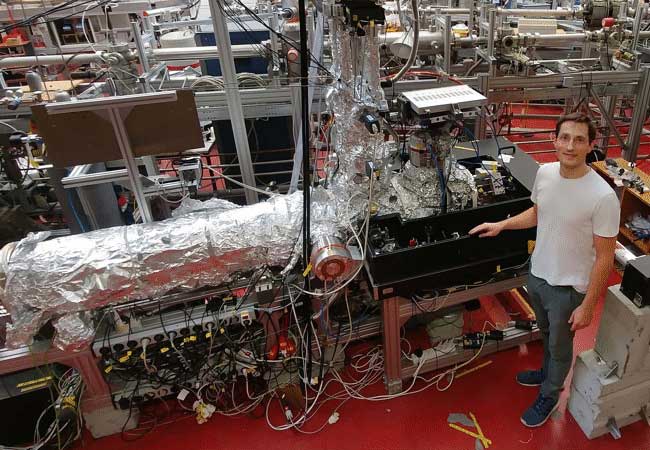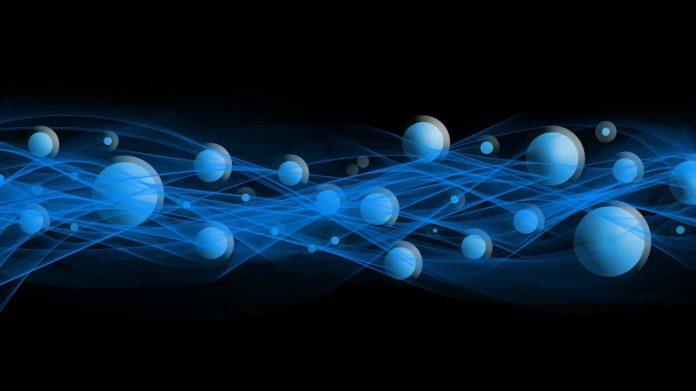Albert Einstein suggested that the photons in the light transfer just quantized energy to the electron of the atom. If the photon’s energy is sufficient, it knocks the particles out of the molecule. However, what occurs the photon’s momentum in this procedure?
Physicists at Goethe University finally found the answer. To do as such, they created and built a new spectrometer with previously unattainable resolution.
The spectrometer, which is three meters long and 2.5 meters high, contains approximately as many parts as an automobile.
The device is currently sitting in the experiment hall of the Physics building on Riedberg Campus, surrounded by an opaque, black tent inside which is an extremely high performing laser. Its photons collide with individual argon atoms in the apparatus, and in this manner expel one electron from each of the particles. The momentum of these electrons at the time of their appearance is estimated with extreme precision in a tube of apparatus.
The device is a further development of the COLTRIMS principle that was created in Frankfurt and has meanwhile spread over the world: it comprises individual ionizing atoms or breaking up molecules, and after that exactly deciding the momentum of the particles. In any case, the exchange of the photon energy to electrons anticipated by theoretical calculations is so tiny that it was beforehand unrealistic to quantify it. What’s more, this is the reason scientists built the “super COLTRIMS.”

When an intense laser pulse induces the ionization of an atom, momentum conservation dictates that the absorbed photons transfer their momentum to the electron and its parent ion. The sharing of the photon momentum between the two particles and its underlying mechanism in strong-field ionization, occurring when the bound electron tunnels through the barrier created by the superposition of the atomic potential and the electric laser field, are still debated in theory after 30 years of research.
Professor Reinhard Dörner from the Institute for Nuclear Physics said, “The simplest idea is this: as long as the electron is attached to the nucleus, the momentum is transferred to the heavier particle, i.e., the atom nucleus. As soon as it breaks free, the photon momentum is transferred to the electron. This would be analogous to wind transferring its momentum to the sail of a boat. As long as the sail is firmly attached, the wind’s momentum propels the boat forward. The instant the ropes tear, however, the wind’s momentum is transferred to the sail alone.”
Although, the answer that scientists found is surprising. The electron not only receives the expected momentum but additionally one-third of the photon momentum that actually should have gone to the atom nucleus. The sail of the boat, therefore “knows” of the impending accident before the cords tear and steal a bit of the boat’s momentum.
Scientists further used the concept of light as an electromagnetic wave to explain their results more precisely.
Doctoral student Alexander Hartung said, “We know that the electrons tunnel through a small energy barrier. In doing so, they are pulled away from the nucleus by the strong electric field of the laser, while the magnetic field transfers this additional momentum to the electrons.”
Hartung used a smart measuring setup for the experiment. To ensure that the small additional momentum of the electron was not caused accidentally by an asymmetry in the apparatus, he had the laser pulse hit the gas from two sides: either from the right or the left and then from both directions simultaneously, which was the biggest challenge for the measuring technique. This new method of precision measurement promises a more in-depth understanding of the previously unexplored role of the magnetic components of laser light in atomic physics.
The study is published in the journal Nature Physics.
